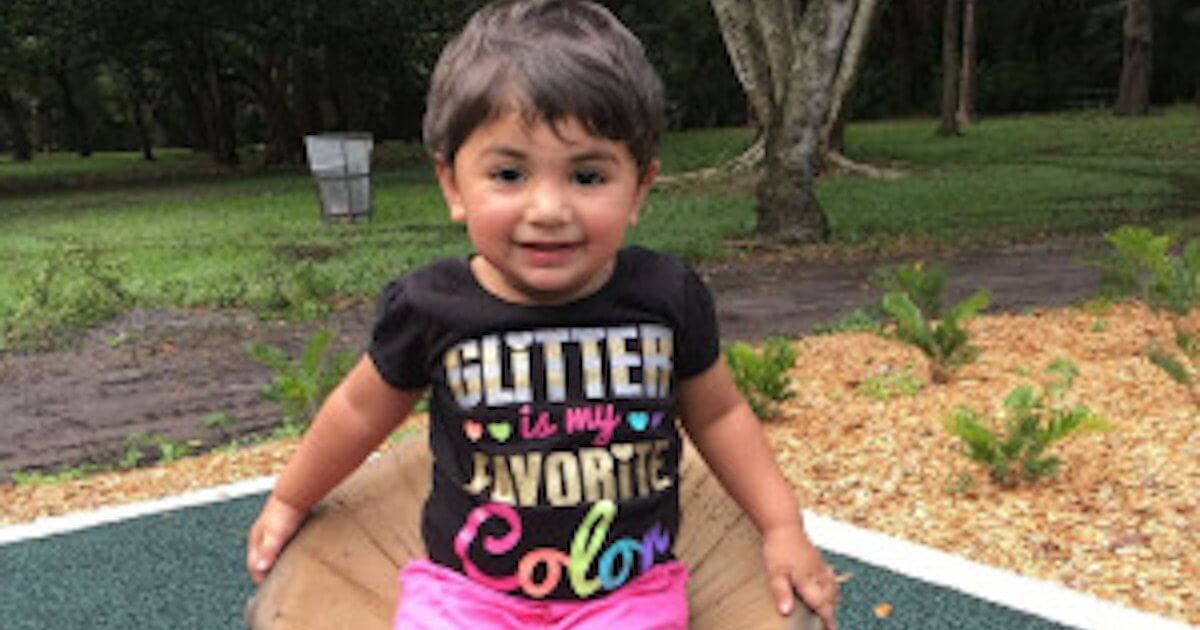At the end of 2018, when then-3-year-old Zainab Mughal needed an extremely rare blood type to treat her neuroblastoma, a worldwide search for donors went viral. On Tuesday, it was announced that Zainab — who is now 4 — is in remission thanks to five openhearted strangers on three continents.
RELATED: Kids with Cancer Get a Thrilling Surprise a Diddy Dance Party on 'The Ellen Show'
Read MoreThe agency, which partnered with the American Rare Donor Program (ARDP), put the call out on Facebook and, within hours, it says, the plea went viral, turning up 25,000 possible matches.
After testing more than 4,000 units of blood, Zainab had five donors: two the U.S., two in the U.K., and one in Australia. Each stepped up and donated blood throughout her cancer treatment.
Zainab received more than a dozen blood and platelet transfusions, the agency says. Without the donated blood, doctors said it would not have been possible for her to have endured the treatment plan.
Information About Childhood Neuroblastoma
Neuroblastoma accounts for about seven to 10% of all pediatric cancers in the U.S., with about 800 new cases identified each year. It accounts for more than 50% of cancers diagnosed under the age of 1, according to the Children's Hospital of Philadelphia.
Neuroblastoma develops from nerve cells in the fetus, and often affects the small glands above the kidneys called adrenal glands, but can be found in other locations such as the abdomen, chest, neck or spine. The most common primary site is the abdomen. Some forms of this cancer will spontaneously disappear on their own, but for most children, treatment such as surgery and chemotherapy and/or radiation is required.
RELATED: Unvaccinated Children May Be a Risk to Kids Going Through Chemo
Children with what’s known as "low-risk disease," who are diagnosed under the age of one or who have only small, easily removable tumors, usually undergo a simple surgical procedure with careful follow-up.
RELATED: Parents Joyfully Help 4-Month-Old Baby Girl, Lillian Grace, Ring Cancer Bell
For children with "Intermediate-risk disease" – meaning the tumor is larger and has not spread, or is a baby whose cancer has spread — treatment usually includes a combination of surgery and chemotherapy.
Learn more about SurvivorNet's rigorous medical review process.

